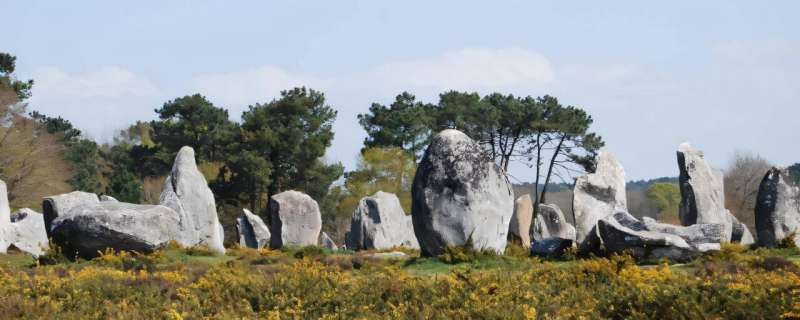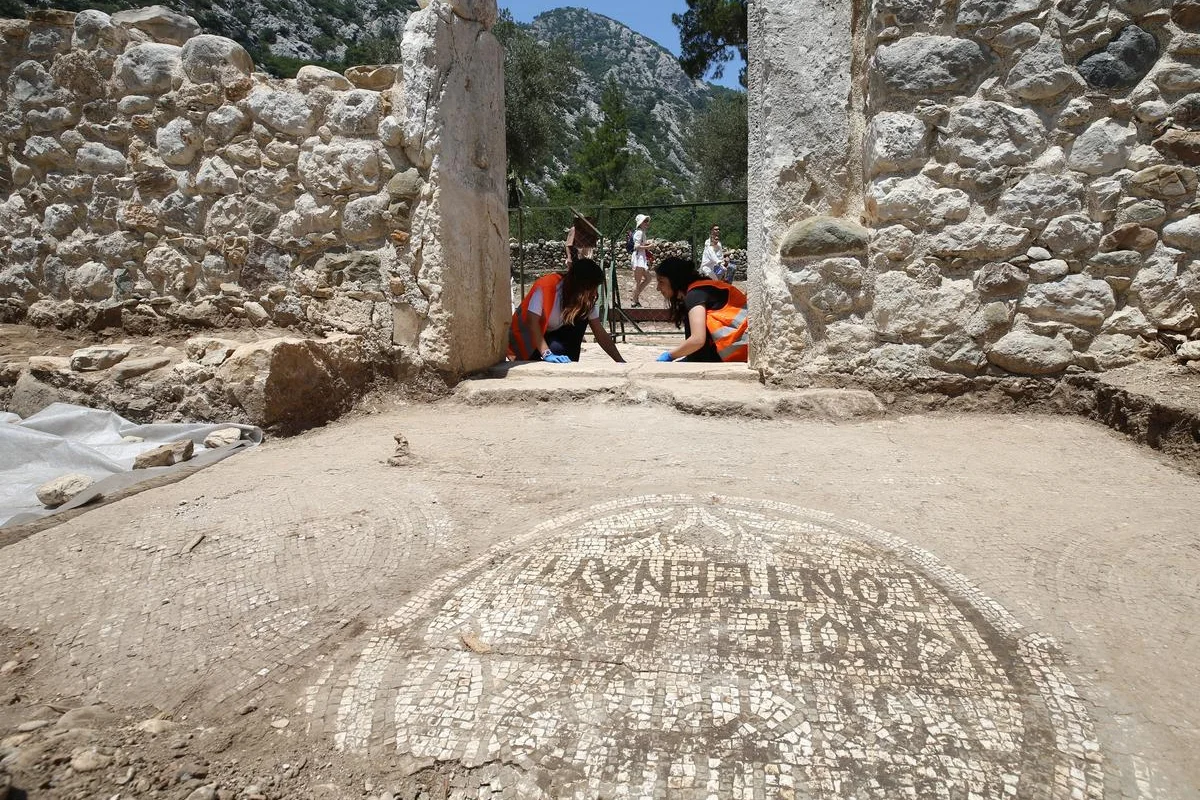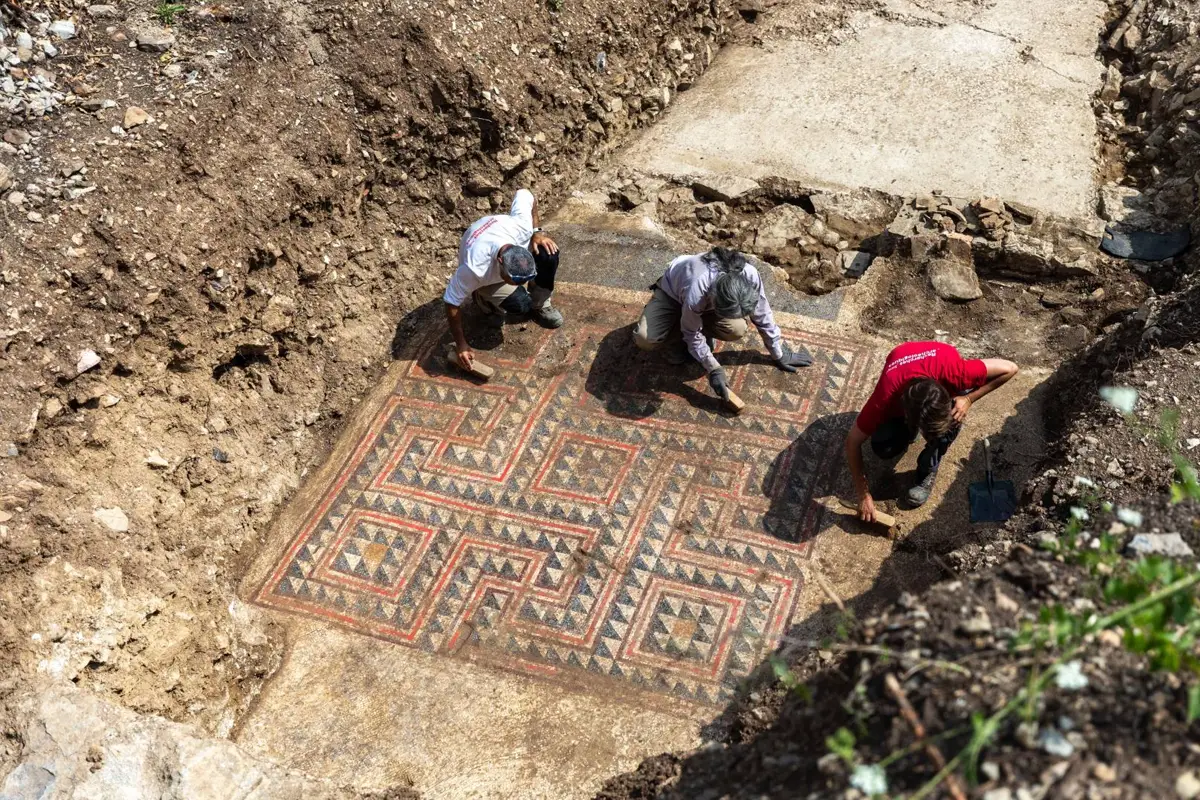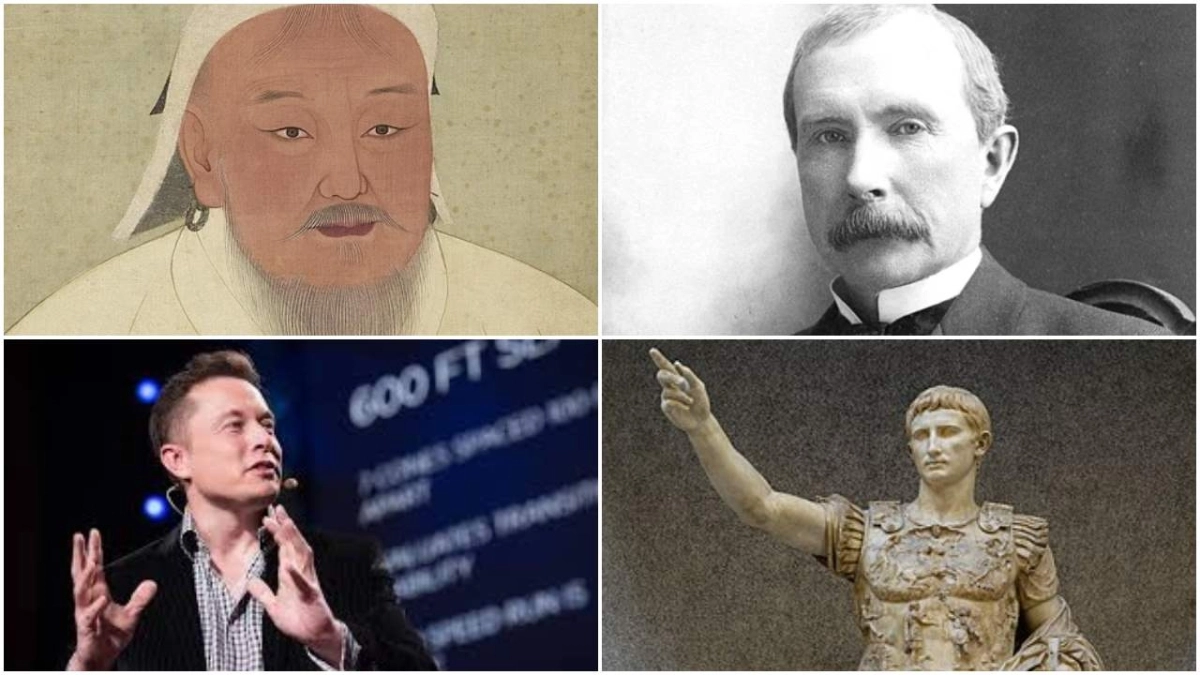A recent video by the British Museum highlights the discovery and decoding of what is considered the world’s oldest map. This ancient Babylonian clay tablet, known as the Imago Mundi, reveals a familiar narrative through its inscriptions and map details.
The Imago Mundi, created around the 7th century BC, is a schematic map in the Akkadian language, depicting the world as the Babylonians understood it. It was unearthed in Abu Habba (ancient Sippar) in southern Iraq and entered the British Museum’s collection in 1882. For centuries, the tablet remained largely a mystery until curators uncovered a missing piece, which allowed them to transcribe its cuneiform.
The tablet, dated to the 6th century BC, presents an aerial view of Mesopotamia—the land "between the rivers" in modern-day Iraq—and extends to what the Babylonians believed lay beyond. The inscriptions on the back and above the map describe the creation of the Earth and detail the lands and peoples they thought existed beyond their borders.
One prominent feature is a double ring encircling Mesopotamia, referred to by the scribe as the "Bitter River," marking the edge of the known world. Within this circle lie small shapes representing cities and tribes, including Babylon and a symbol for the Euphrates River. This design suggests the Babylonians viewed Mesopotamia as the world’s center.
British Museum curator and cuneiform expert Dr. Irving Finkel explains, “In this circular diagram, you have captured the entirety of the known world—where people lived, thrived, and perished.” He adds, however, that the map extends beyond the physical world into realms of imagination.
Besides mapping physical locations, the scribe included references to familiar myths, including a Babylonian version of the Noah’s Ark story. The tablet describes how the Babylonian hero Utnapishtim, their version of Noah, built an ark upon divine command. According to the story, this ark came to rest on a mountain beyond the Bitter River—aligning with the biblical tale of Noah.
The tablet also affirms Babylonian beliefs in creation deity Marduk and mythical creatures like the scorpion-man and the lion-headed bird Anzu. Dr. Finkel concludes that these shared narratives underscore a fascinating overlap between ancient stories across cultures.







